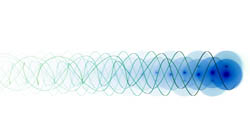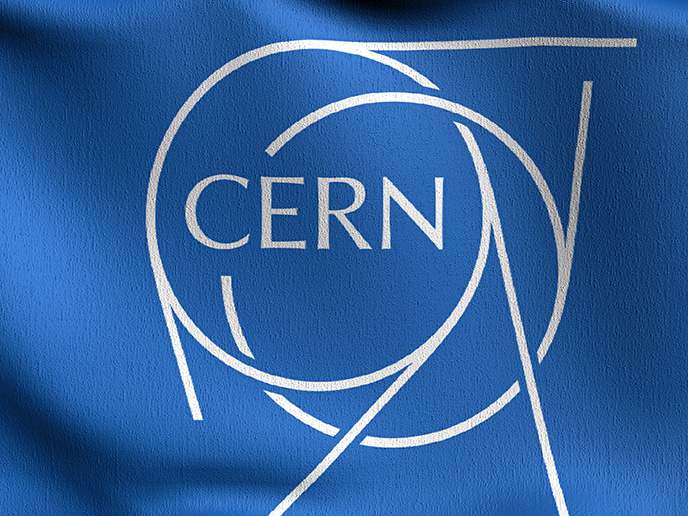Enhancing the observation of ephemeral, new particles
Crossing the French–Swiss border at a number of points, the LHC has superconducting magnets that boost the energy of protons, causing them to speed toward each other in the 27-kilometre ring reaching near light speed before colliding. Four particle detectors, among which ATLAS and CMS are the largest, intersect the circular tunnel at four different locations. They detect the shower of particles produced after the collisions in the hopes of finding objects and interactions that have never before been discovered among the debris. Since these 'new' particles are rare and short-lived very powerful detectors are required to capture their fleeting existence. Such observations could shed light on the origins and evolution of the Universe, the nature of dark matter and dark energy, and the mysteries of the forces that govern the motion of mass. The EU-funded project 'Preparatory phase of the Large Hadron Collider upgrade' (SLHC-PP) laid the management and collaboration groundwork required to increase the luminosity of the LHC's photon beam 10-fold by increasing the density of photons. By increasing the number of particle collisions that can occur per second, this development will enable the LHC to produce 10 times more data during its second decade of operation than it did during the first. Scientists working on the SLHC-PP explored and demonstrated ways to focus the beams more precisely, upgrade beam injector components and power the detectors more efficiently. The team made safety and environmental impact key pillars of the groundwork for the upgrades. Simultaneously, SLHC-PP participated in the planning and initiation of similar projects to upgrade the ATLAS and CMS detectors. Finally, SLHC-PP improved existing management tools for finances, tracking of progress and quality assurance. SLHC-PP has paved the way for important upgrades to the world's most powerful particle collider. With the ability to produce much more data than previously possible, scientists may be much, much closer to unravelling the mysteries of the Universe.




